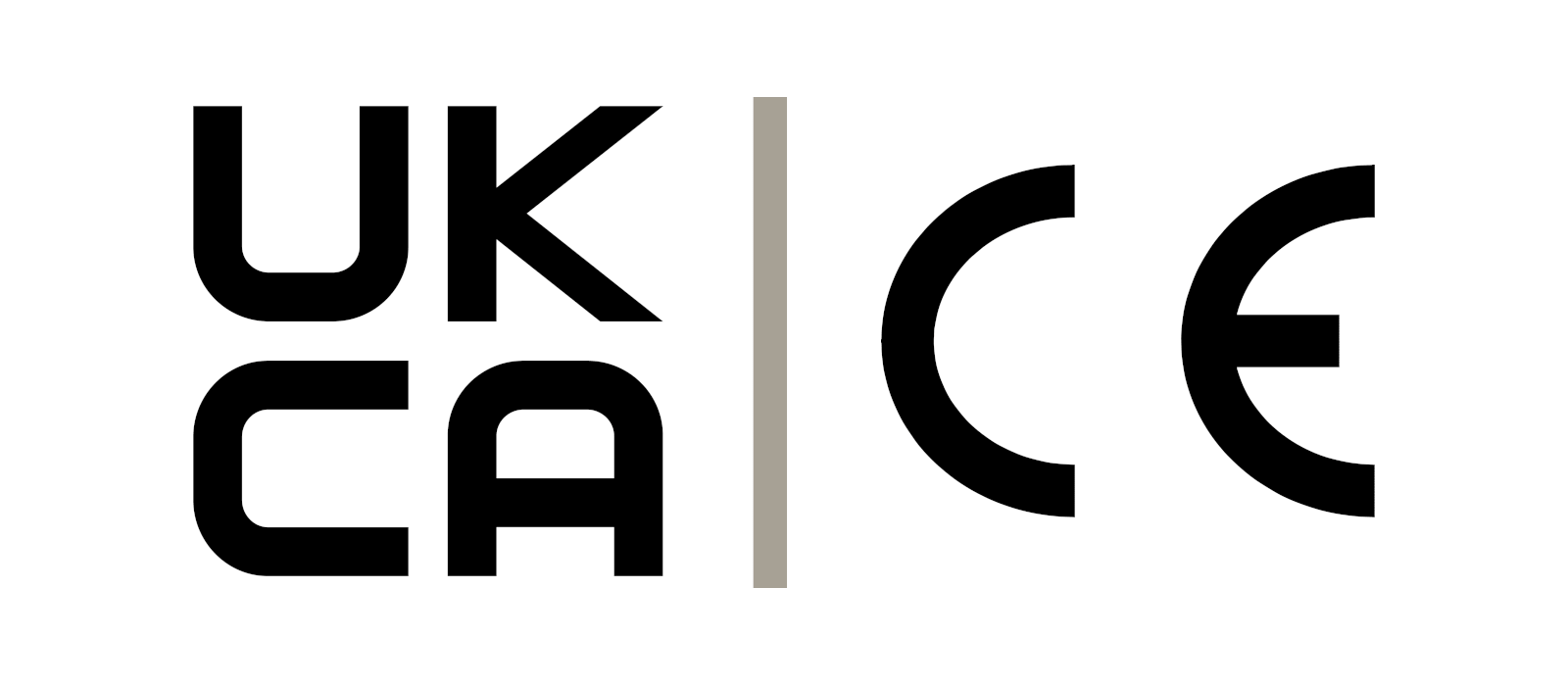By Adrian Ekins-Daukes
These include machinery, construction materials, electric and gas appliances, cosmetics and toys to name but a few. The CE mark indicates that the product concerned conforms with specified EU safety, health and environmental protection requirements. This is assessed beforehand, normally by the manufacturer who is also responsible for applying the CE mark and drawing up supporting documents. The product is then acceptable across the EU as proof of compliance with all requirements, without need for further delays or inspections. Our Brexiteer government could have negotiated an agreement guaranteeing equivalence on the CE marking requirements; this would have enabled to enable UK/EU trade to continue to flow as freely as before. However, either through ignorance or ideological bigotry our negotiators rejected equivalence and chose to create a copycat system of our own, UKCA. This involves additional bureaucracy, lays heavy costs on our industry to no advantage to anyone.
Far from being, as Brexiteers claim, that we are finally free of EU red tape, they have doubled red tape for any company that manufactures products for both the UK and the EU markets.






I’m off to meet Adrian on Friday Greg. I will say hi
Well said, Adrian.
The link in here talks to extending the current CE mark requirements in UK law in relation to medical equipment, such as pacemakers, IV infusion pumps, etc.
Where is the value in all this unnecessary upheaval?
https://twitter.com/pgnx/status/1627977380777144321?t=1z4md35R4xLdmYCjQzeySA&s=19